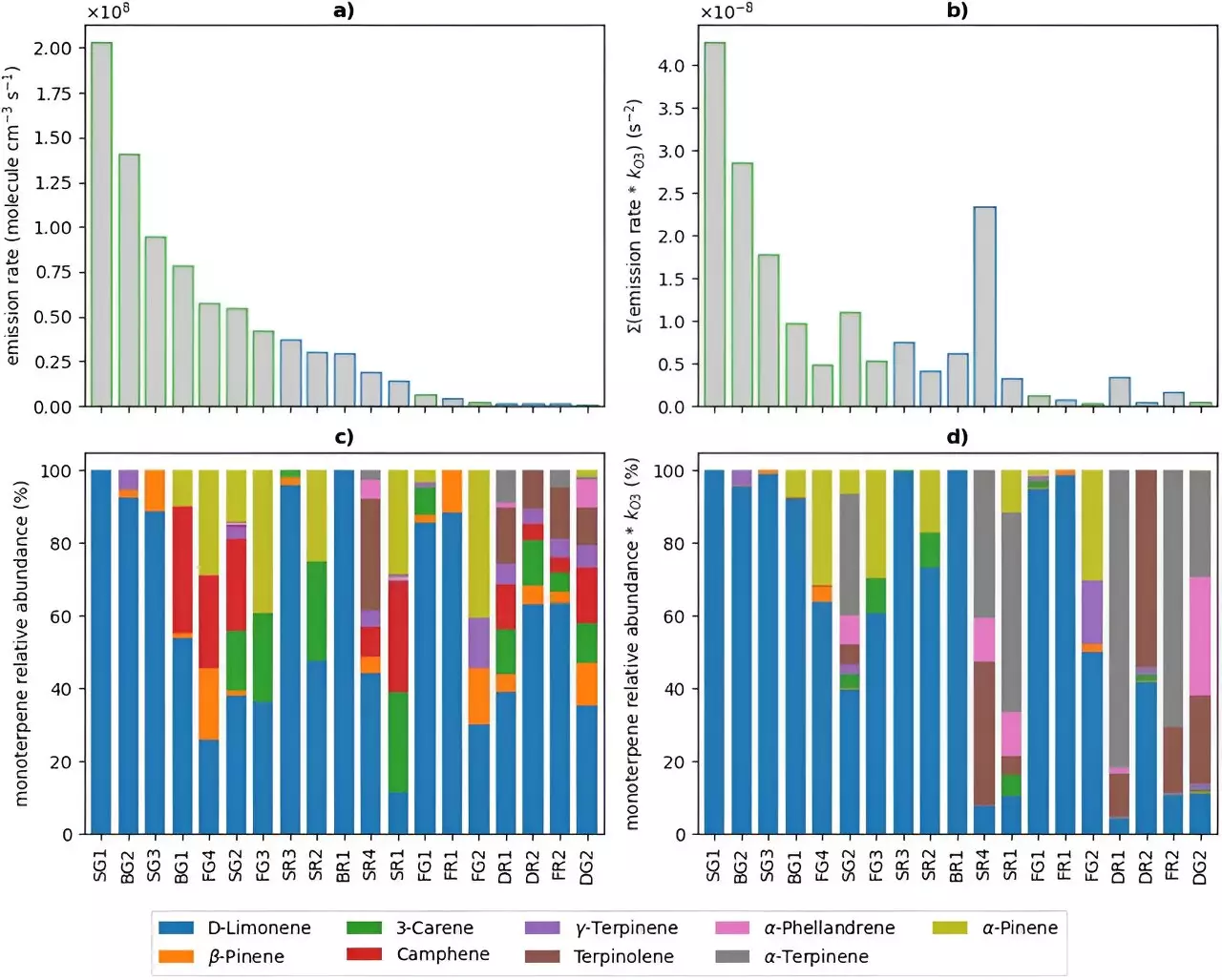In recent years, there has been a surge in the popularity of cleaning products labeled as “green” or environmentally friendly. Many consumers have embraced these products with the belief that they are safer for both their health and the environment. However, a groundbreaking study conducted by researchers from the University of York challenges this assumption. The study, published in the journal Environmental Science: Processes & Impact, reveals that these so-called “green” cleaners may not be as harmless as they appear.
The study focused on the volatile organic compounds (VOCs) emitted by cleaning products. VOCs are a wide range of chemicals that can be released into the air and have the potential to harm indoor air quality. Surprisingly, the researchers found that fragranced cleaning products, both regular and “green,” are significant contributors to the release of VOCs in people’s homes. These VOCs can undergo chemical transformations that generate harmful secondary pollutants, posing a risk to human health.
The Fragrance Factor
One of the key findings of the study was that the fragrance ingredients in both regular and “green” cleaners were responsible for emitting volatile monoterpenes. These monoterpenes, when released into the air, can increase the concentration of harmful secondary pollutants like formaldehyde and peroxyacyl nitrates. Prolonged exposure to elevated levels of formaldehyde has been linked to the development of respiratory issues and, in some cases, even cancer.
The Marketing Misconception
The researchers emphasize that the marketing of these “green” cleaners has led many consumers to believe that they are making a healthier choice for themselves and the environment. However, the study found very little evidence to support this claim. In fact, the VOC composition of the tested “green” cleaners was not significantly different from that of regular cleaners. This raises concerns about the potential harm inflicted on unsuspecting consumers who trust that these products are genuinely safer.
As the use of cleaning products continues to rise, it is crucial for manufacturers to provide clearer information about the ingredients and potential risks associated with their products. The study highlights the lack of available literature on the compositional differences between regular and “green” cleaners, further emphasizing the need for greater transparency.
The findings of this research call into question the credibility of labeling certain cleaning products as “green.” It is essential for consumers to exercise caution and conduct their own research when selecting cleaning products that are truly safe for both their health and the environment. Additionally, regulatory bodies should establish better guidelines and stricter regulations to ensure that the labeling of “green” cleaners corresponds to the actual safety of these products.
The notion that “green” cleaning products are inherently safer and more environmentally friendly has been shattered by the University of York study. With harmful airborne pollutants, including formaldehyde, being emitted by these supposedly “green” cleaners, consumers must be vigilant in their choices. Greater transparency from manufacturers and improved regulations are essential to safeguarding both our health and the environment. The next time you reach for that bottle of “green” cleaner, remember to scrutinize the label and ensure it truly lives up to its “green” claims.


Leave a Reply